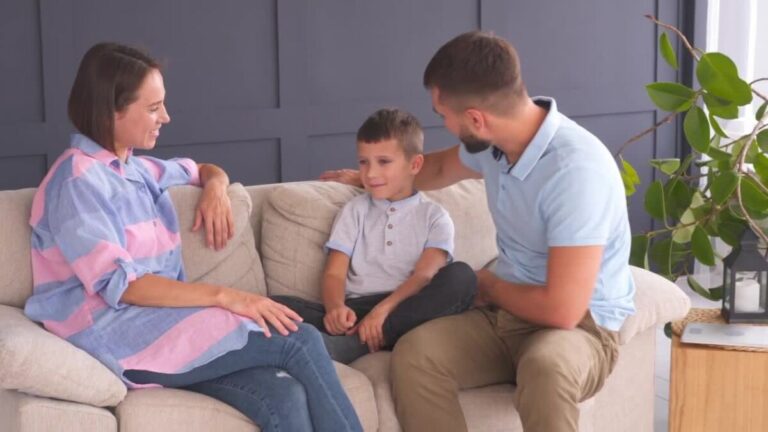Across the United States, suicide rates among young adults are climbing at an alarmiAcross the United States, suicide rates among young adults are climbing at an alarming pace, creating a pressing mental health crisis that communities, familing pace, creating a pressing mental health crisis that communities, families, and professionals cannot ignore. Recent national data reveal that this trend is not isolated to one region or state—instead, it is a near-universal phenomenon affecting youth all over the country.
Experts attribute the rise to a complex mix of factors. Social media, while offering connectivity, has also fostered environments rife with comparison, cyberbullying, and relentless pressures to meet unrealistic standards. Many young adults feel isolated, even when surrounded by others online, and the COVID-19 pandemic only worsened these feelings with its disruptions to education, jobs, and daily life.
Economic stresses play a significant role as well. Mounting student debt, difficulty finding affordable housing, and uncertainty about future employment weigh heavily on young minds navigating adult independence. Add to this a lingering stigma around mental health, which can discourage open conversations and delay necessary treatment or interventions.
The signs of this crisis are heartbreaking—higher rates of depression, anxiety, and substance use among those in high school, college, and newly established in their careers. Tragically, more young adults are reaching a point of hopelessness where they believe there is no way out.
Mental health professionals and advocates stress the need for layered, preventive approaches. Schools and universities are implementing early detection and intervention programs, peer support networks, and accessible crisis resources. The expansion of 988, the national Suicide and Crisis Lifeline, means immediate help is available for those in urgent distress.
But combating this crisis requires more than emergency support. Communities must work to normalize conversations about mental health, encourage routine therapy just as we do regular health checkups, and foster environments where vulnerability is met with compassion—not judgment.
Families, educators, and peers should remain vigilant for warning signs like sudden withdrawal, changes in mood or behavior, increased talk of hopelessness, or substance abuse. Encouragingly, early intervention—reaching out with concern and connecting someone with support—can make the difference between despair and hope.
As young adult suicide rates rise, the call to action is urgent. It’s time for collective strategies, investment in mental health infrastructure, and a cultural shift that sees mental well-being as vital and worthy of constant care. This crisis can be reversed—but only if we address it boldly, together.







